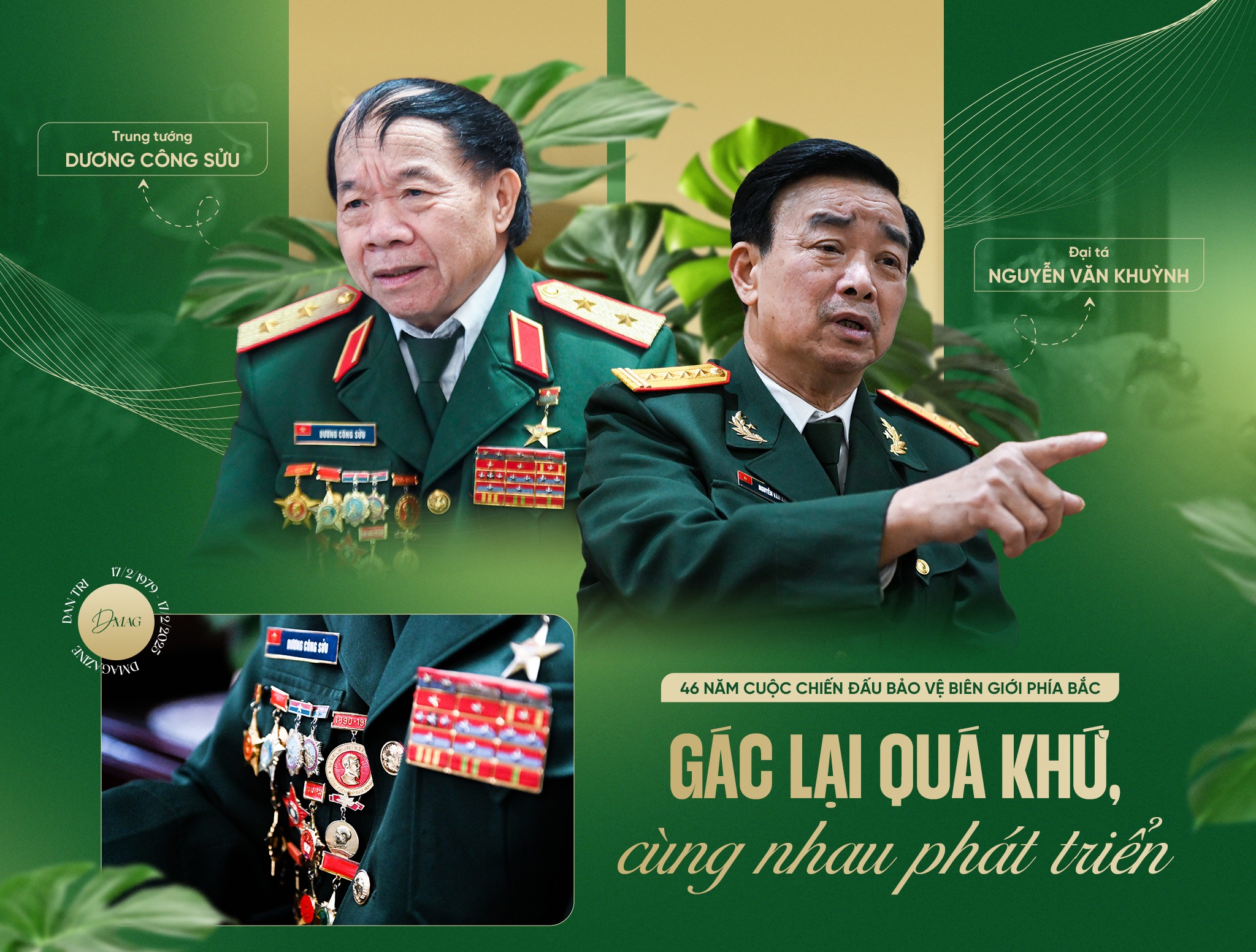

The war to defend the Fatherland at the northern border in 1979 was a struggle to protect the independence, national freedom, and sovereignty of the Vietnamese people and army. The war also affirmed the will and enduring strength of our army and people.
46 years have passed (February 17, 1979 - February 17, 2025), the fighting along the entire northern border has affirmed the historical truth and the righteousness of the Vietnamese people in the cause of protecting sovereignty and territorial integrity.
To win this harsh war, the Vietnamese people suffered heavy losses. That heroic historical period reminds all generations of Vietnamese people today and tomorrow to always strengthen solidarity and build a strong and prosperous country.
Reviewing the history of the fight to protect the northern border, besides affirming the justice of the Vietnamese people, is also an opportunity for us to pay tribute to those who fell for the independence and freedom of the Fatherland.
Nearly 50 years have passed, but memories of the days participating in the battle to protect the northern border are still deeply imprinted in the memory of Colonel Nguyen Van Khuynh (former Political Commissar of the Lang Son Provincial Military Command, veteran of Division 337).
At the time of the outbreak of the war to protect the northern border, Mr. Khuynh was the organizational assistant of Division 337, Corps 14, Military Region 1.
Pouring a cup of strong tea for the guests, Colonel Khuynh slowly took us back to the heroic fighting days of the nation.
He said that on July 28, 1978, in Vinh city, Nghe An province, the 337th Infantry Division was officially established. On February 17, 1979, the enemy fired the first shots, invading Vietnam's border provinces. Immediately after that, the 337th Infantry Division was ordered to move to fight and protect the northern border.
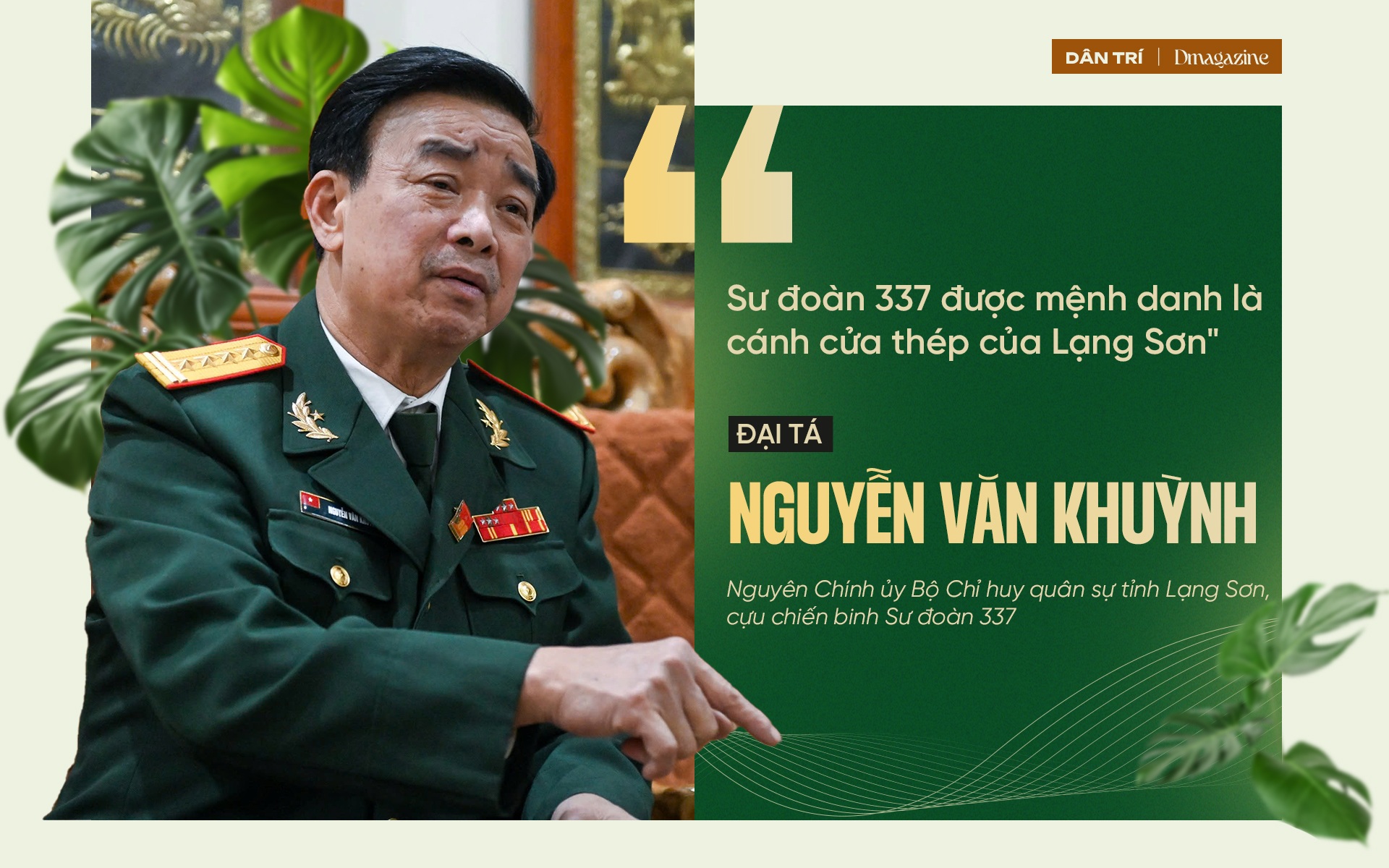
On February 24, 1979, the Division reached Lang Son and immediately organized combat. From late February to early March 1979, the 337th Division fought bravely and won the defense campaign on the Tu Don - Diem He - Khanh Khe line.
Colonel Khuynh assessed that the enemy's plot in Lang Son was to cross Khanh Khe bridge (bordering Cao Loc and Van Quan districts) to go down to Dong Mo (Chi Lang district, Lang Son).
The purpose of this was to set up two blocking positions at Dong Mo and the southern part of Sai Ho Pass to create a pincer movement, isolating our troops stationed from Lang Son City to the border in order to use strong firepower to destroy our troops to create a new situation.
"The enemy's plot was like that, but the officers and soldiers of Division 337 fought bravely to achieve victory in Khanh Khe, and with this feat, Division 337 was dubbed the steel door of Lang Son," Colonel Khuynh said.
By mid-March 1979, after suffering many defeats and being condemned by the international community, the enemy was forced to announce its withdrawal from Vietnam.
In 1989, the northern border area stopped firing. Two years later, the two countries normalized relations and goods were traded.

Mr. Khuynh affirmed that everything that belongs to the past that has been "closed" is extremely correct, in line with the trend, in line with the people's aspirations and the strategy to protect the Fatherland.
"Defending the country does not require the use of guns. No matter how strong the army's weapons and equipment are, they never want to open fire," he emphasized, adding that with foreign policy and the support of the international community, the war has ended and gone down in history.
Since then, people in the border area have enjoyed peace, focused on economic development, and their lives have changed greatly.
People are able to develop their production capacity based on the Party and State's innovation policy. In addition, people are also able to exploit local strengths in the exchange of goods between the two countries.
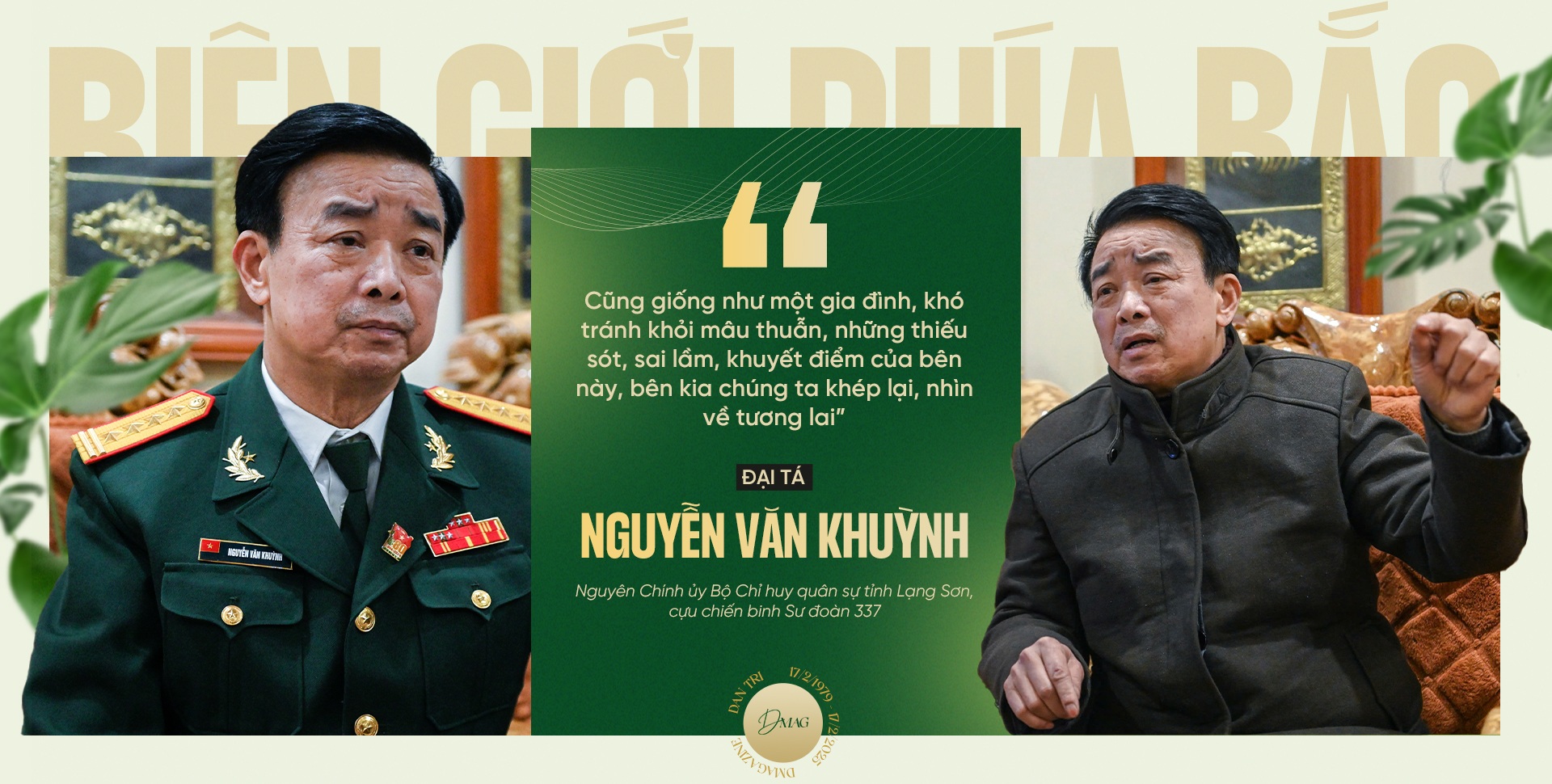
The former Political Commissar of the Lang Son Provincial Military Command assessed that the policy of normalizing Vietnam-China relations is both urgent and immediate, but also extremely important in the long term to protect sovereignty and border security, build a peaceful and friendly border, and ensure unity between the two States.
Peace and friendship have opened up good relations between the two countries and two states, and goods cleared through customs between the two sides in very large quantities.
Looking back at nearly 50 years of development of Lang Son province, Colonel Khuynh slowly recalled that when the war ended 10 years later, most localities of Lang Son province were just bare hills.
People in the border areas do not have electricity or clean water to use, and have to struggle to get food from meal to meal, but now most families have big houses, and many households with good economic performance have become rich.
"When the border gate is open, the relationship between the two countries will become better and better, and our people can export goods such as vegetables and fruits to China and import electronic components to sell. From there, the lives of people in the border areas of both countries will develop day by day," said Colonel Khuynh.
He commented that over the past 30 years, Lang Son province's economy has developed rapidly and remarkably, and this is also thanks to the trade of goods between the two countries.

Besides, many people in Vietnam go to China to do business and vice versa. This is thanks to the increasingly good relationship between Vietnam and China.
"Just like a family, it is inevitable that there will be conflicts, shortcomings, mistakes, and defects on one side or the other, and we close the door and look to the future.
But closing does not mean forgetting, we still have to remember history, consider it a lesson to propagate to the younger generation from now on to maintain the border, protect peace but not by gunfire so that mothers and wives do not have to wear mourning scarves," Colonel Khuynh shared.
According to the traditional history of Division 337, in the battles, we destroyed more than 2,000 enemies, destroyed 8 tanks and captured a number of weapons, stopping and defeating the enemy's intention to encircle and divide Lang Son.
However, during the battles, more than 650 officers and soldiers of Division 337 were permanently laid down on both banks of the Ky Cung River, many of whom were only in their teens or twenties.

Lieutenant General Duong Cong Suu (former Battalion Commander of the 28th Special Forces Battalion; former Deputy Commander of Military Region 1) shared that after the war to protect our border, with the spirit of "selling distant brothers, buying close neighbors", Vietnam and China have expanded their relations and cooperated for mutual development.
Once assigned the important responsibility of Commander of the Lang Son Provincial Military Command (from 1990 to 1999) with the task of ensuring border defense, Lieutenant General Duong Cong Suu said that during this period, people of the two countries began to visit relatives, exchange culture, and import and export goods.
"Thanks to the rapid and remarkable development of Lang Son province's border gate economy, people's lives are increasingly stable," Lieutenant General Suu confided.
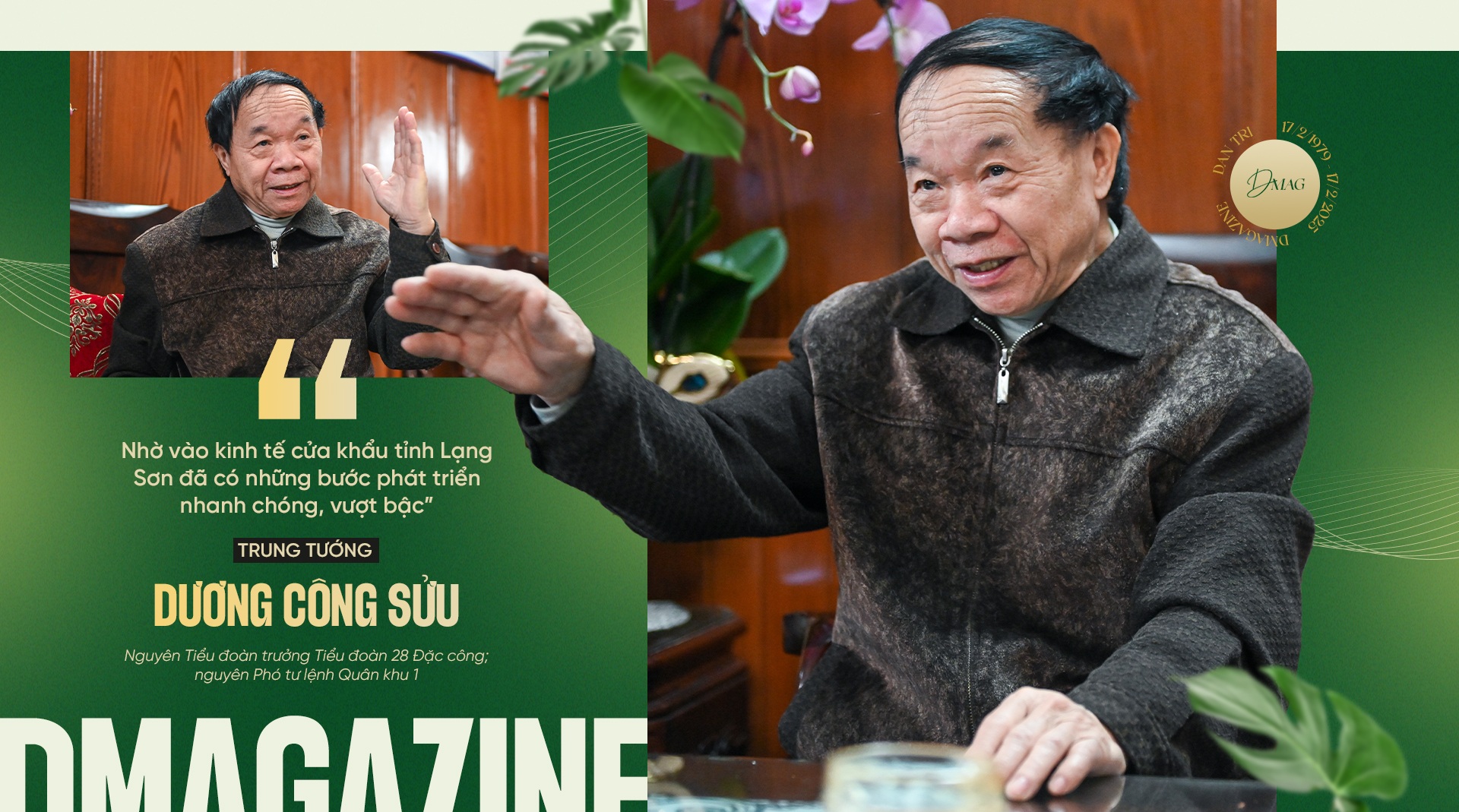
From 2000 to 2010, Lieutenant General Duong Cong Suu was assigned by his superiors to hold the position of Deputy Commander of Military Region 1 and was assigned the task of planting border markers between Vietnam and China.
Recalling the story of the border demarcation, he said that after the normalization of relations, negotiations on the land border between Vietnam and China went into specific issues with high determination.
In October 1993, the two countries signed an agreement on basic principles to resolve territorial border issues between Vietnam and China.
On December 30, 1999, in Hanoi, the Land Border Treaty between the Socialist Republic of Vietnam and the People's Republic of China was signed (referred to as the 1999 Treaty).
According to the Treaty, the direction of the border is described from West to East, with a 1/50,000 scale map attached; the two sides agreed to resolve 289 areas on the border with different perceptions according to specific numbers: About 114.9 square kilometers belong to Vietnam, and about 117.2 square kilometers belong to China.
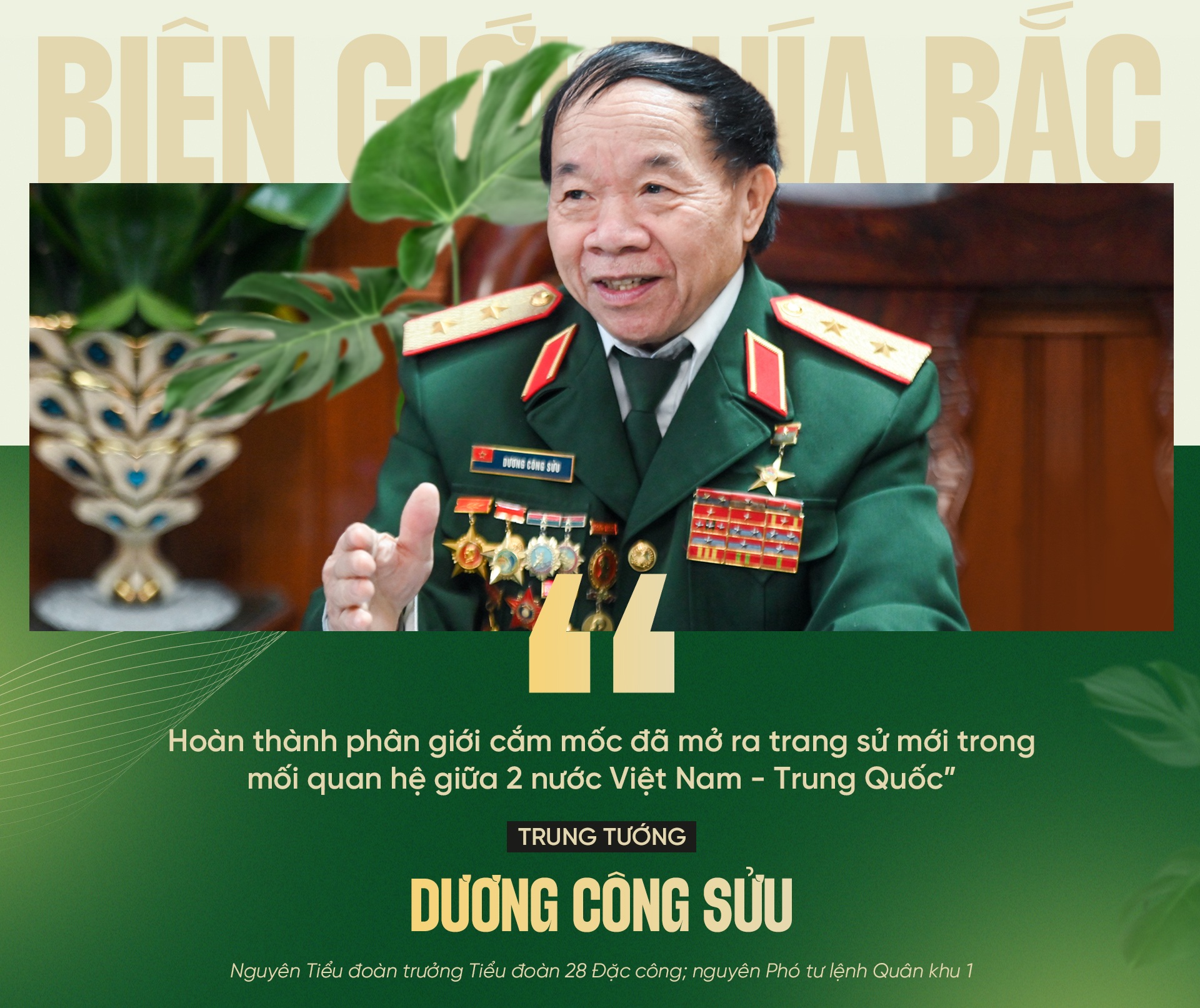
After the 1999 Treaty came into effect (July 2000), Vietnam and China established 12 joint groups to conduct border demarcation and marker planting using bilateral methods.
On December 27, 2001, the two sides planted the first border markers at Mong Cai international border gate (Quang Ninh province, Vietnam) and Dongxing (Guangxi province, China).
After that, the two sides agreed to demarcate and plant markers in a "rolling" manner from West to East, completing each section as it comes.
On December 31, 2008, the Head of the Government Negotiation Delegation of Vietnam and the Head of the Government Negotiation Delegation of China jointly issued a Statement on the completion of the demarcation and marker planting work on the Vietnam-China land border within the deadline set by the senior leaders of the two Parties and two States.
After 8 years of both negotiating and implementing border demarcation, the two sides have completed the demarcation of the entire 1,400km Vietnam - China border, planting 1,971 border markers (including 1,549 main markers and 422 secondary markers).
Lieutenant General Duong Cong Suu assessed that the completion of border demarcation has opened a new page in the relationship between the two countries. The two sides have achieved mutual understanding and trust, opening up new opportunities for the development of each country in all fields.
In particular, cooperation in the fields of economics, trade and investment between Vietnam and China has developed rapidly in recent years. In addition, cooperation in the fields of defense, security, culture, health, education, science and technology, etc. has also achieved many important results.
"We still have to repeat the things that have gone down in history to see that there is nothing other than peace, cooperation, and mutual development," Lieutenant General Duong Cong Suu emphasized.

On the basis of good political relations, economic cooperation between Vietnam and China has been gradually restored, expanded, developed rapidly and achieved many positive results, becoming one of the important pillars strongly promoting bilateral relations.
Regarding trade, in 2000, bilateral trade turnover between the two countries was only modest, reaching only 2.5 billion USD; by 2008, after the two countries established a comprehensive strategic partnership framework, bilateral trade turnover reached over 20.18 billion USD (an increase of more than 530 times compared to 1991 when the two countries normalized relations).
According to the General Department of Customs, the two-way import-export turnover between Vietnam and China in 2024 will reach more than 205 billion USD. With this result, China has become the first trade partner that our country has established with a scale of over 200 billion USD.
In 2024, Vietnam's exports to China will reach 61.2 billion USD. Meanwhile, imports from China will reach 144 billion USD, an increase of more than 30%.


China continues to be our country’s largest trading partner, accounting for 26% of import and export turnover. Import and export goods between the two countries are diverse and abundant, from agricultural products to raw materials, electronics, consumer goods, etc.
In recent years, despite the gloomy global trade context, Vietnam's import and export growth with China has still increased strongly.
Vietnam and China have determined to develop bilateral relations under the motto "Friendly neighbors, comprehensive cooperation, long-term stability, and looking towards the future" (1999) and the spirit of "Good neighbors, good friends, good comrades, good partners" (2005).
In 2008, the two sides agreed to establish the Vietnam-China Comprehensive Strategic Cooperative Partnership framework, the highest and most comprehensive framework of cooperation in Vietnam's relations with other countries in the world. China is also the first country to build this cooperation framework with Vietnam.
Vietnam and China have established many bilateral cooperation mechanisms at all levels, from central to local,... signed many important documents.
On the basis of good political relations, economic cooperation between Vietnam and China has been gradually restored, expanded, developed rapidly and achieved many positive results, becoming one of the important pillars strongly promoting bilateral relations.
In 2004, China became Vietnam's largest trading partner for the first time. Up to now, China has been Vietnam's largest trading partner and second largest export market in the world for 20 consecutive years (2004-2024).
Vietnam is China's largest trading partner in the Association of Southeast Asian Nations (ASEAN) and China's fifth largest trading partner in the world by individual country criteria.
Content: Nguyen Hai, Hai Nam
Design: Thuy Tien
Dantri.com.vn
Source: https://dantri.com.vn/xa-hoi/gac-lai-qua-khu-cung-nhau-phat-trien-20250216121016526.htm


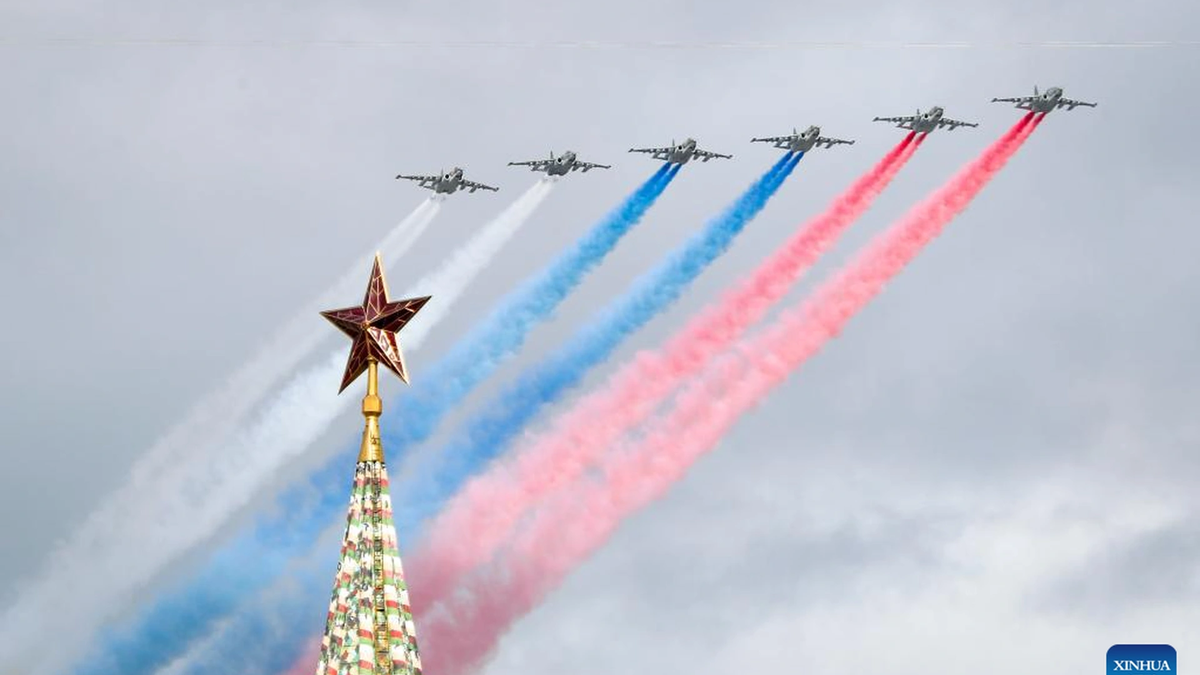
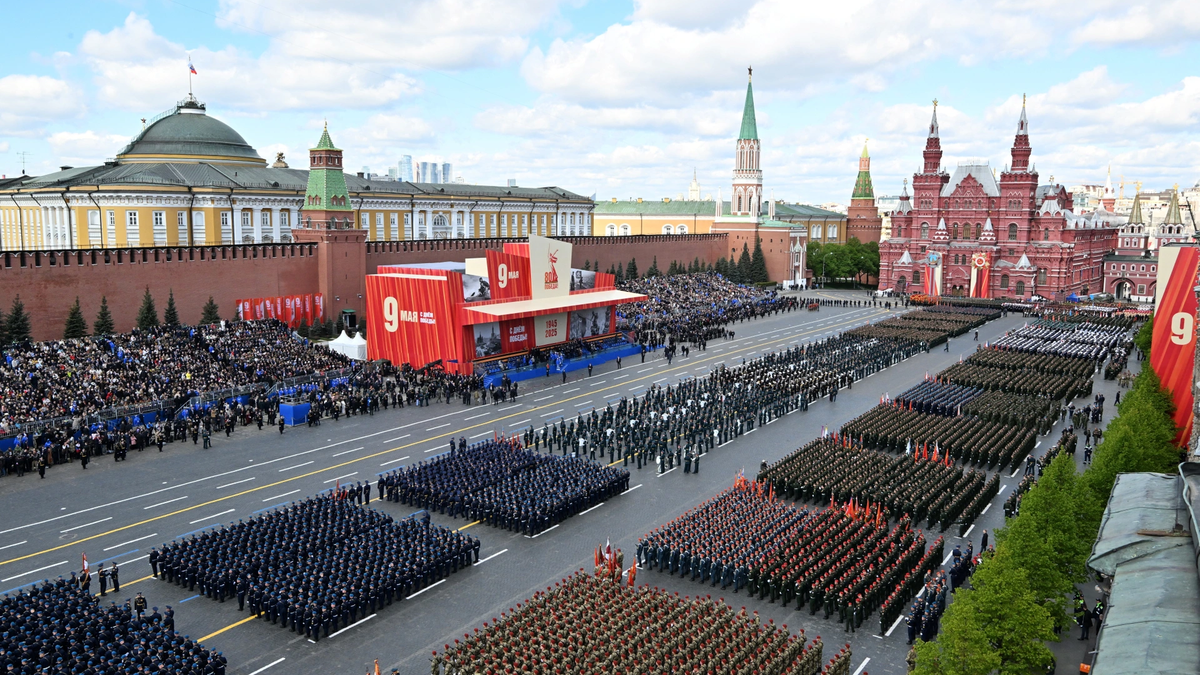
![[Photo] Russian military power on display at parade celebrating 80 years of victory over fascism](https://vphoto.vietnam.vn/thumb/1200x675/vietnam/resource/IMAGE/2025/5/9/ce054c3a71b74b1da3be310973aebcfd)
![[Photo] Magical moment of double five-colored clouds on Ba Den mountain on the day of the Buddha's relic procession](https://vphoto.vietnam.vn/thumb/1200x675/vietnam/resource/IMAGE/2025/5/9/7a710556965c413397f9e38ac9708d2f)
![[Photo] Prime Minister Pham Minh Chinh chairs a special Government meeting on the arrangement of administrative units at all levels.](https://vphoto.vietnam.vn/thumb/1200x675/vietnam/resource/IMAGE/2025/5/9/6a22e6a997424870abfb39817bb9bb6c)
![[Photo] General Secretary To Lam and international leaders attend the parade celebrating the 80th anniversary of the victory over fascism in Russia](https://vphoto.vietnam.vn/thumb/1200x675/vietnam/resource/IMAGE/2025/5/9/4ec77ed7629a45c79d6e8aa952f20dd3)





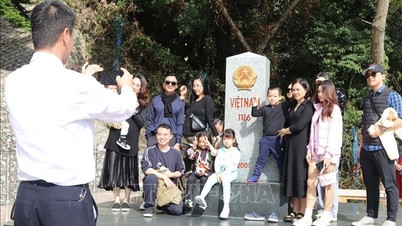

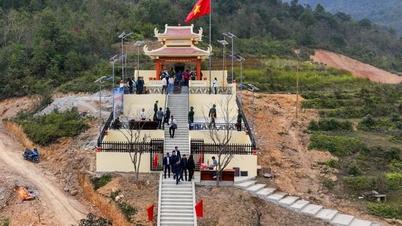


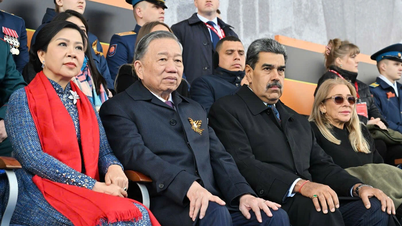
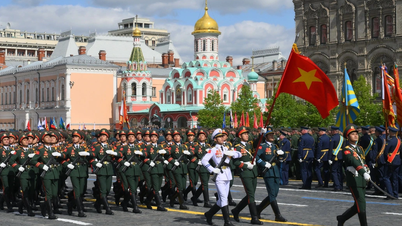
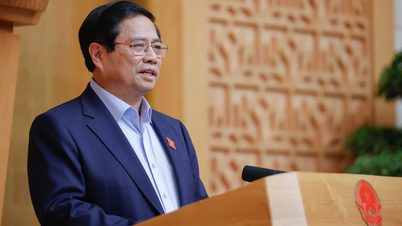
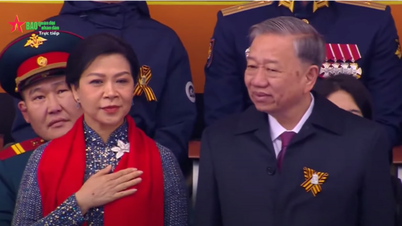









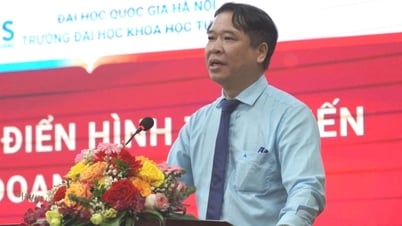
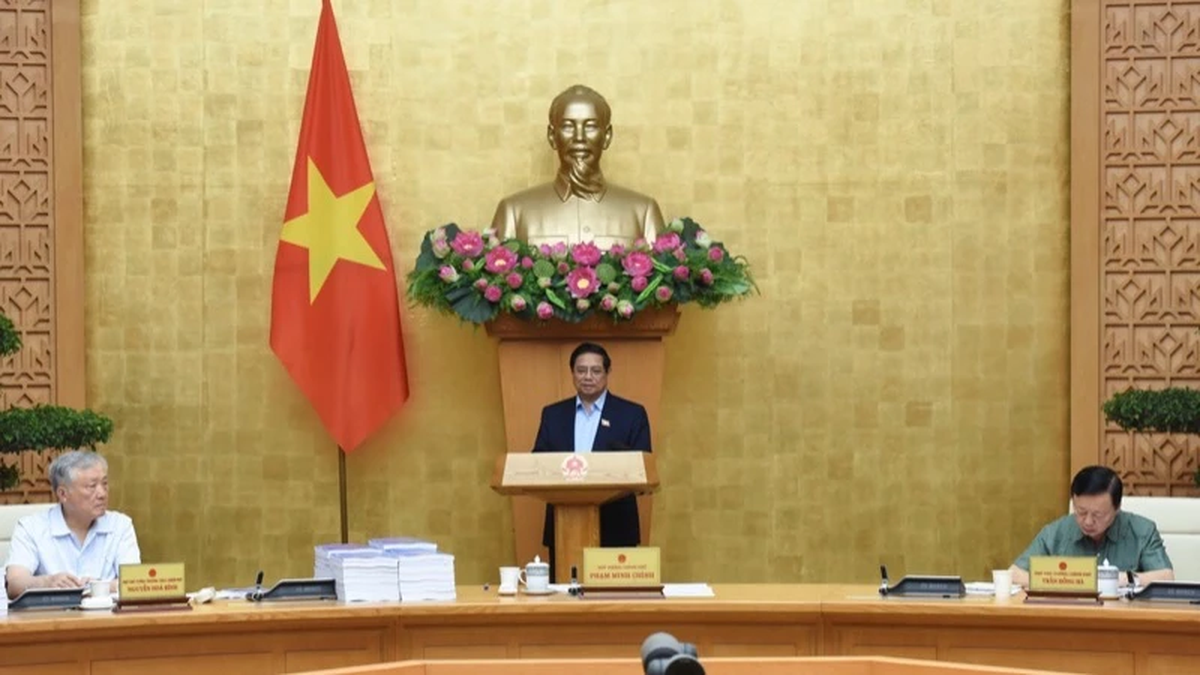
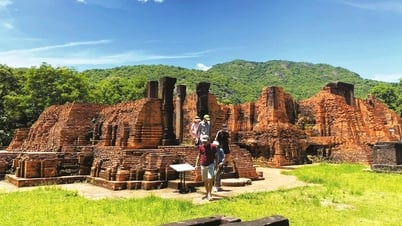

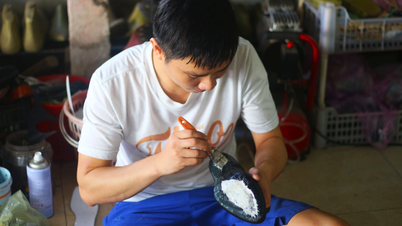


























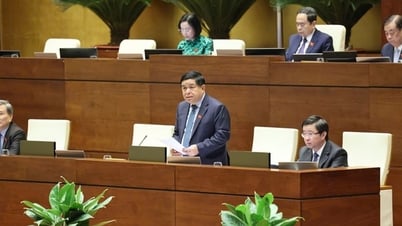

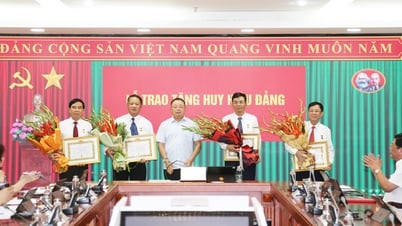

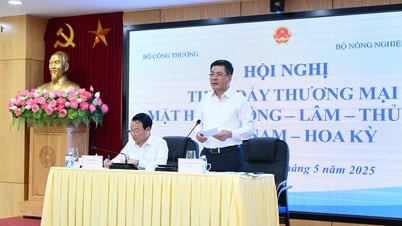


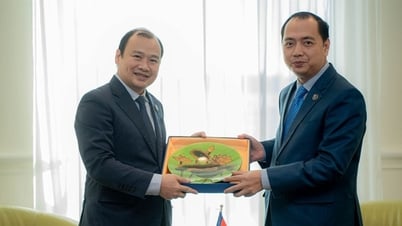


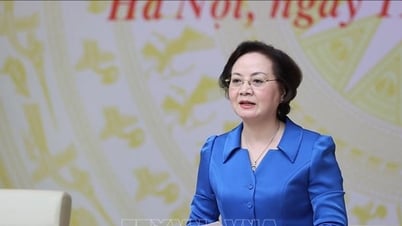

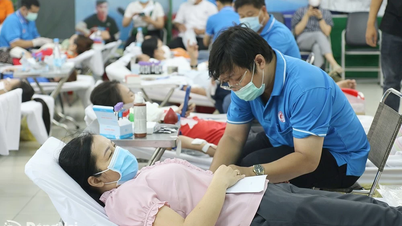

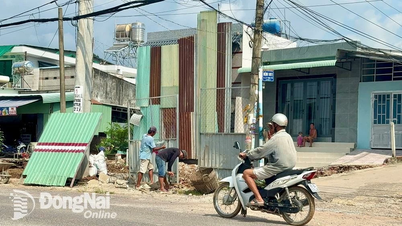
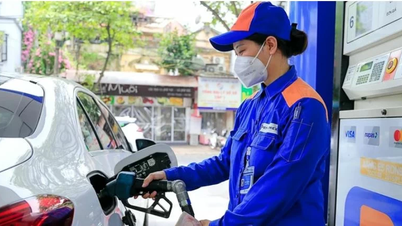
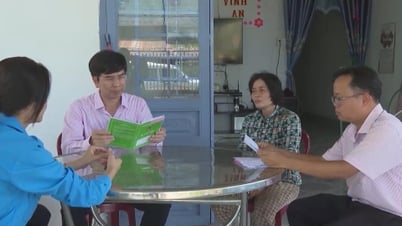










Comment (0)